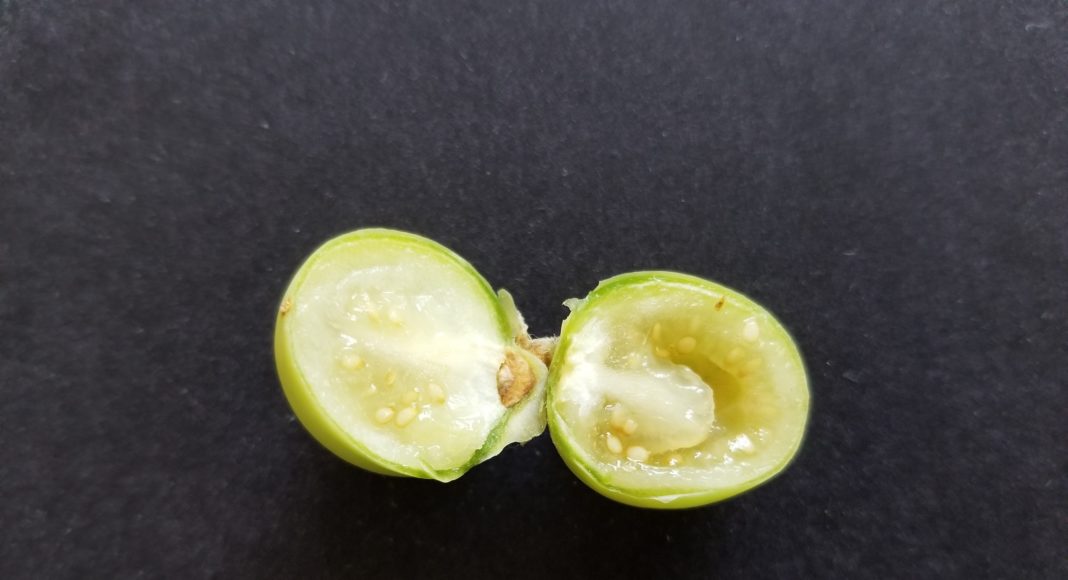Plant breeders across all seed sectors are getting innovative and creative to feed the globe.
Whether or not the world’s population is growing exponentially or growing at a slower rate than projected, it’s safe to say one thing’s for certain: as of Nov. 15, 2022, there are over eight billion mouths to feed on the planet.
For most people, that’s a near impossible number to picture. But for the seed sector who’s been hearing about the threat of nine billion people globally by 2050, it’s just another reality check and reminder that our jobs come with a heavy burden.
“When we talk about food insecurity, we know that over 828 million people worldwide are hungry,” says Sarah Evanega, lead of Stakeholder Communication for Pairwise. “They don’t have enough calories — but when we look at nutrition security, the numbers are even more staggering.”
According to the World Health Organization, over two billion people worldwide are living with nutrient deficiencies, Evanega adds. For her, though food security is important, ensuring nutrition security is top-of-mind.
Fortunately, that’s where she sees fruit and vegetable companies and plant breeders stepping in to fill the gaps.
“We need to focus less on the quantity of calories and more on the quality of calories. At Pairwise, we’re using innovations in plant breeding to build a healthier world through better fruits and vegetables,” she says.
Plant Breeders Stepping Up to the Task
To tackle the growing population, plant breeders are using every tool in their toolbox they possibly can.
In the potato realm, that means looking into breeding options like diploid potato breeding, which speeds up potato breeding from the traditional, tetraploid cultivars.
“The main thing that will change in the next few years — and it’s currently happening — is that our tetraploid cultivars that are grown all around the world are being replaced by diploid potatoes,” says Sam Gagnon, a PhD student at Laval University and leading breeder with Progest 2001, noting that one reason breeders are moving towards diploids is due to the amount of ‘junk’ DNA accumulated in tetraploid cultivars.
The ‘junk’ DNA doesn’t typically affect the cultivar because it has enough copies of various genes, Gagnon says.
“But, when you start doing crosses between tetraploids, you start seeing those traits that are literally lethal to the plant come out in the progeny,” he adds. “That’s why we see such slow progress with tetraploid breeding currently.”
But, Gagnon believes that moving towards a majority of diploid potato varieties could benefit the potato sector.
“If we want to start producing better potatoes and feeding the world, we need to focus on the transition from tetraploid to diploid,” he says, adding that diploid potatoes allow you to clean up deleterious traits, so that the average diploid progeny will be better than the average tetraploid progeny.
In addition, diploid potatoes also produce true potato seeds, which have a better potential at feeding third-world countries. Why? True potato seeds can be a little more reliable than tuber seeds.
“We use tubers from the plants that we plan the next year to produce another plant,” Gagnon says. “Usually, one plant will produce around nine or 10 tubers each season. Each year, you have a multiplication of 10 times the amount of seed that you can grow the following year. From one seed pod, you can obtain somewhere between 100-400 true potato seeds, which is much higher than the current multiplication we have with tuber seeds.”
Not only will true potato seeds be quicker to produce than seed tubers, they’re also a little bit easier to ensure quality seed.
“In Canada, we’re able to produce great quality tuber seeds because we have some fantastic measures in place,” Gagnon says. “We have a great climate, there are not that many potato diseases, and there aren’t a lot of insects present when you compare that to other regions. It’s really hard to produce a great quality of tuber seeds.”
As the potato sector works on bettering breeding, the seed sector isn’t far behind. Companies like Pairwise have been actively investing in new technologies to get over that nutrition deficiency issue — in particular, Pairwise has been actively working in the realm of gene editing to help.
“In the U.S., fewer than one in 10 adults eats the recommended daily amount of fruits and vegetables. There’s a lot of social reasons for that,” Evanega says. “But, plant breeding can also play a role in removing those barriers to vegetable and fruit consumption.”
In the case of snackable fruits, like blackberries, Evanega notes that one barrier is that people don’t like the seeds in the berries. Gene editing would provide an easy solution for that by creating a variety of seedless blackberries. But, one of the examples Pairwise is currently working on is a better tasting, gene edited leafy green mix called Conscious™ Greens.
“This is a very nutrient-dense green that’s been improved for flavor — just like the blackberries, it’s taking an already nutritious food and removing the barriers,” she says. In the case of these greens, it’s the flavor.
For gene editing, this is just the tip of the iceberg. Evanega believes there will be many more applications in the future, and it’ll be a wonderful tool to help feed 10 billion people by 2050.
“We need tools, and CRISPR is one of those much-needed tools that are going to help us accelerate innovation in crops and increase efficiency,” she says. “The speed of crop improvement is going to be critical to help us keep pace with the changing climate and the growing population.”
Related Articles
How True Potato Seeds Can Fight Food Insecurity in Africa











